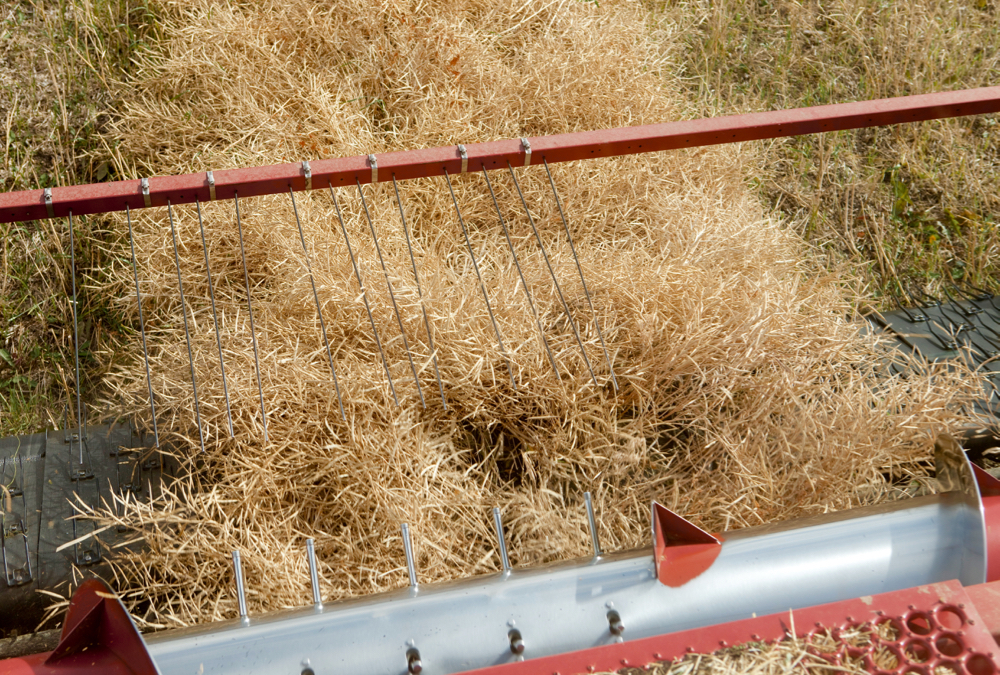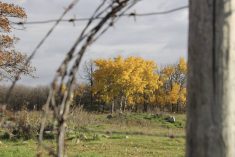MarketsFarm – Dry conditions across crop-growing areas in Manitoba helped the province’s annual harvest get off to a good start during the week ended Aug. 20.
Much of the eastern, southern and central regions received two millimetres of precipitation at most during the week with several locations receiving no rainfall at all. The northwest region saw most of the precipitation during the week with Birch River getting a province-wide high of 18.4 mm. Parts of the northwest region showed wet soil moisture conditions, while localized areas, especially in the Interlake, were extremely dry.
Read Also

Alberta harvest wrapping up: report
Harvest operations advanced to 96 per cent complete in Alberta as of Oct. 7, with only a few late-seeded cereal and canola fields remaining, according to the latest provincial crop report.
However, the wettest place in Manitoba since May 1 was Fisherton in the Interlake (279 mm, 115 per cent of normal precipitation). The driest was Cartwright in the central region (73 mm, 27 per cent).
The province’s harvest was 13 per cent complete as of Aug. 20, on par with the five-year average. Winter wheat and fall rye were the two most advanced crops at 92 and 93 per cent, respectively, with early average yields at 60 and 70 bushels per acre. Meanwhile, 69 per cent of field peas have come off the ground with yields ranging from 45 to 70 bu./ac. The barley harvest was 26 per cent complete, compared to spring wheat at 23 per cent, oats at 21 per cent and canola at less than one per cent.
Spring wheat quality were 80 per cent good in both the eastern and Interlake regions, 60 per cent good and 10 per cent excellent in the northwest and 40 per cent good in the central and southwest regions. Spring cereal crops are mostly in the hard dough stage while corn is mostly in the R4 and R5 stages.
Most of the canola crop is in the late pod fill stage and earlier seeded canola is showing colour change. Sunflower fields ranged from the R6 to R8 stages, while flax growth ranged from stage 10 (green capsule) to 11 (brown capsule). Soybeans are in the R6 and R7 stages, while the dry bean harvest, despite reports of desiccation in the central region, is expected to start in the coming days.
Most dairy producers in the eastern region have completed their third cut of hay with yields greater than the second. Beef producers completed their first and second cuts as well as greenfeed harvest. Cereal silage harvest is near complete with yields ranging from five to eight wet tons per acre, while the corn silage harvest is set to begin. Grass conditions are deteriorating with producers supplementing hay on pasture.
Meanwhile, community pastures are sending cattle home early and producers are moving cattle to hay fields in order to graze regrowth. Sourcing straw has also been difficult due to low cereal yields. Grasshoppers continue to cause issues in fields.
— Adam Peleshaty reports for MarketsFarm from Stonewall, Man.

![“There’s even a question of would harvest equipment be available for 2023. There will be some equipment available, but will it be what you want and [what] fits your needs?” – Bill Campbell, Keystone Agricultural Producers. Photo: iStock/Getty Images](https://static.canadiancattlemen.ca/wp-content/uploads/2023/08/23095310/combines-3-silhouette-iStock.jpg)














